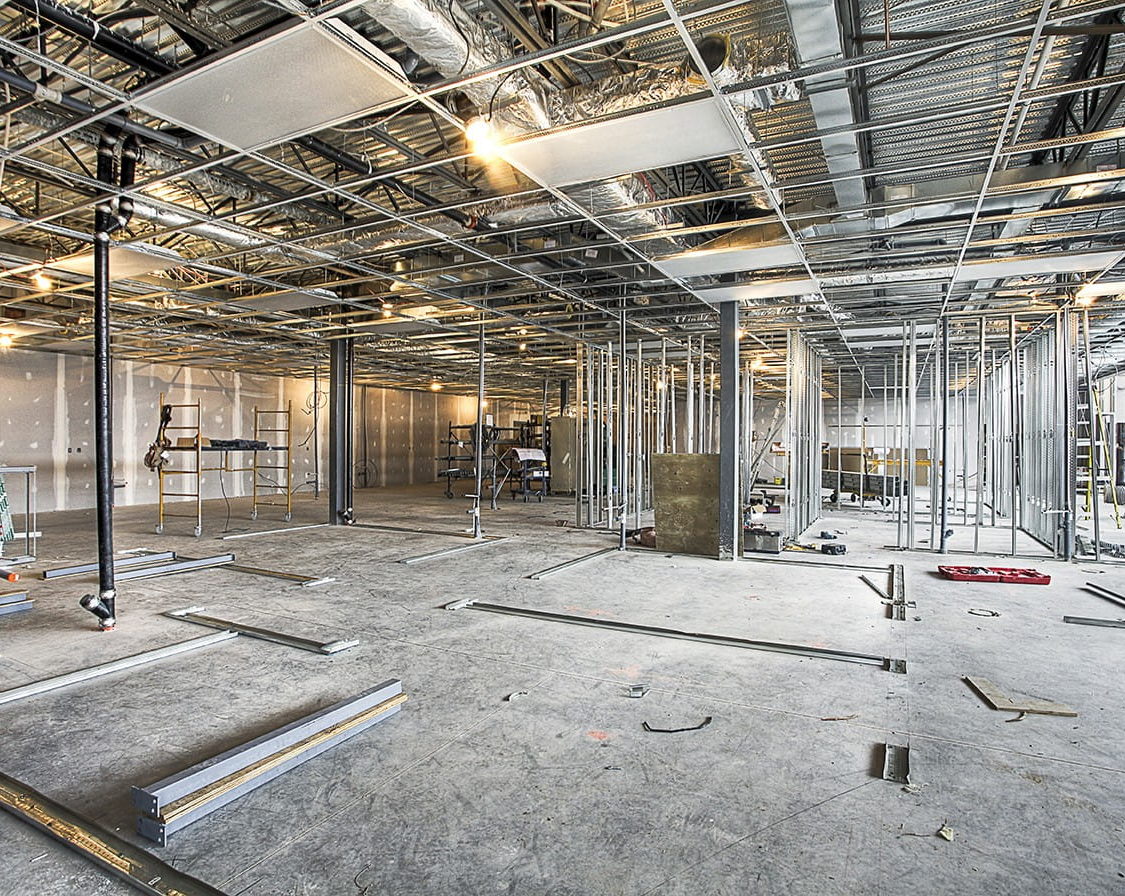Capital Allowances
Tax Relief for UK Commercial Property Owners
Capital allowances are a form of tax relief available to UK businesses by allowing you to deduct the value of a qualifying asset from your profits before you pay tax.
These assets include trade furniture & equipment fundamental for day-to-day operations, but also extend to the embedded plant forming part of the cost in acquiring, constructing, and refurbishing UK commercial properties.

Who can claim Capital Allowances?
This relief is available to all commercial property investors and UK business owners. Whether it be a company, a partnership, or a sole trader – you are entitled to claim capital allowances providing you incurred the costs, are a taxpaying entity, have a qualifying interest in the property.

What can I claim on?
The qualification of an asset must be determined by reference to the facts, the nature of the trade, and the function of the item in the trade. However, notwithstanding trade specific fixtures & fittings, typical items of fixed plant & machinery include, but are not restricted to:
• Electrical & lighting systems
• Heating, ventilation & air-conditioning
• Sanitary & kitchen installations
• Fire & security systems
• Lifts and escalators
• IT & data
• Fitted furniture & carpets

What can Bonham & Brook do?
The capital allowances landscape is forever evolving and here at Bonham & Brook our team of experts comprising of analysts, technicians, consultants, and account managers will guide you through the process every step of the way with the sole aim of ensuring your submission is thorough, robust, and compliant.
Won’t my accountant have already claimed for me?
Your accountant will correctly identify the loose fixtures & fittings on which capital allowances are due as these items qualify in full and they will have a receipt or invoice from you to confirm the cost of the asset.
However, the true value lies in the, essentially non-structural, elements intrinsic to the fabric of a building, and it is these installations for which your accountant may not have the necessary knowledge or skill set required to accurately value to a standard deemed acceptable to HMRC.
We work together with accountants to ensure the tax relief available to their clients is maximised at every opportunity which is why many professionals seek us out at the first opportunity rather than attempting to tackle the problem themselves.

How much tax can I save?
There are various factors which impact the value of tax relief available including the nature & date of project undertaken, the type of building, and current profit levels & tax rates. All these aspects must be considered when offering an estimate of the savings to be realised, but in providing a basic history of the property and recent tax information we can present a personalised approximation of the potential benefit to be obtained.

When can capital allowances be claimed?
In many scenarios there is no time limit on claiming capital allowances. Providing the asset is still owned and used within the business you can still claim now and start benefitting from your investment.
For assets acquired second-hand from April 2014 the availability and entitlement to claim the associated allowances becomes far more complex following restrictive requirements that were introduced at the time, however, this is not to say these cannot be overcome in some form or another.
It is changes in legislation like that which dictate the imperative need to engage in our services. Our specialists here at Bonham & Brook can navigate this treacherous minefield on your behalf, safeguarding your position, and ensuring you do not forego or relinquish any significant tax savings which can promptly aid cash flow and generate funds to be reinvested in your business.

How do I claim capital allowances?
The capital allowances (also known as Plant & Machinery Allowances) identified can be claimed in a variety of ways depending on the useful economic life of the asset in question and when it was acquired. The most readily available existing methods of claiming are:
• Annual Investment Allowance
• Super Deduction
• Full Expensing
• Special Rate Allowance
• Writing Down Allowances

Our capital allowances process
At Bonham & Brook, our process for each capital allowances assessment involves the following steps:
Technical Analysis
Our tax experts will carry out a thorough review of the tax history of your properties and establish your entitlement to claim, assessing all acquisitions as well as any ongoing or completed quantifiable build and refurbishment projects.
Site Survey
Where required, we will execute a forensic onsite survey of the property to collate all additional information required to substantiate the claim and complete the calculations necessary in generating the value of qualifying expenditure.
Valuation Report & Supporting Documentation
We compile a concise, tailored, and compliant report containing all pertaining information which suits the needs of both you, your accountant, and HMRC. Each report is accompanied with supporting documentation illustrating how your savings will be realised together with details of the remaining steps in the process.
Ongoing Support
Our job does not stop once we have issued our report, and your accountant has submitted your claim. At Bonham & Brook, we function as an extension to your existing tax advisory service by offering individual after care, answering any queries you may have regarding your claim and providing all the support you require.





